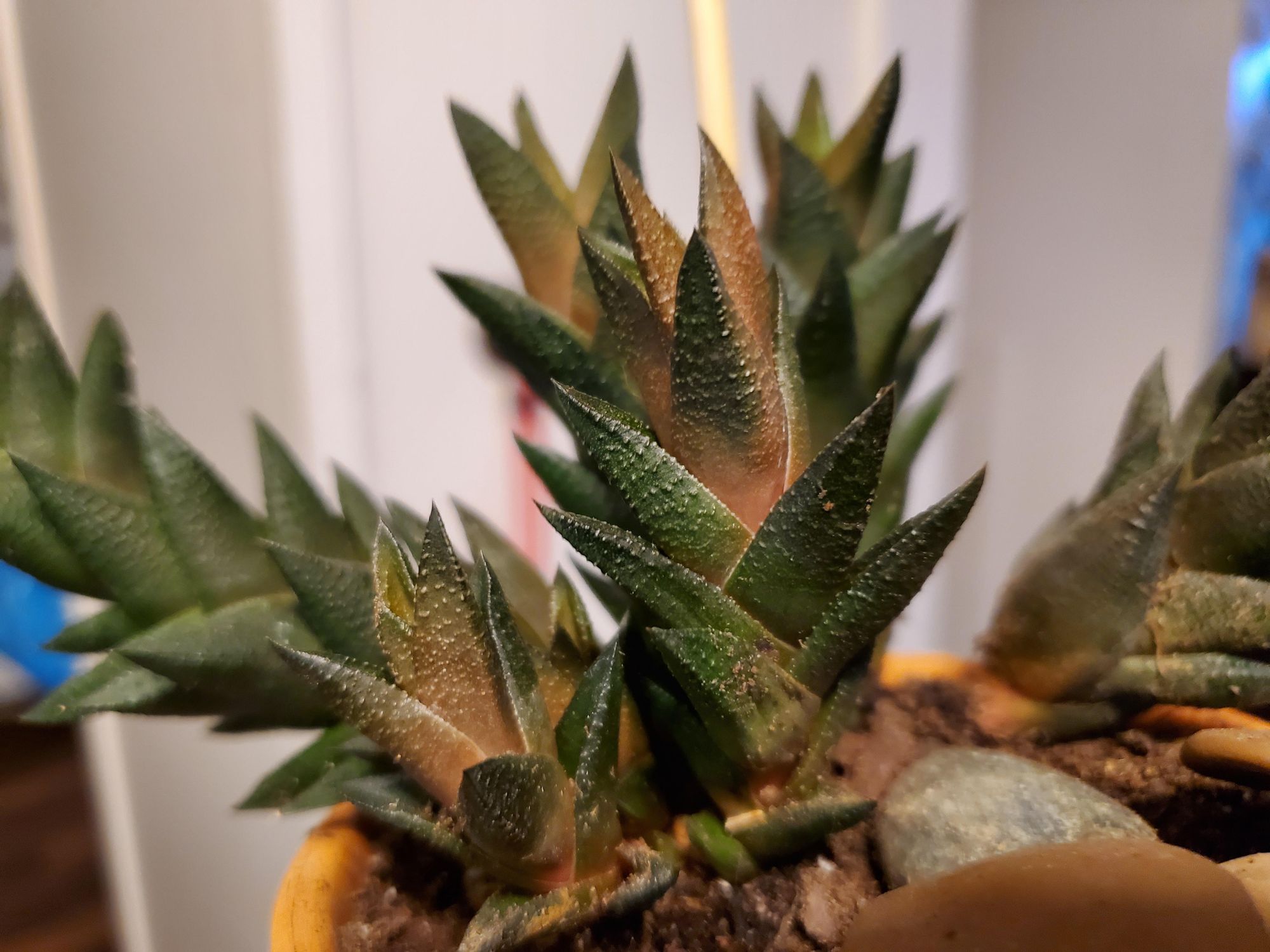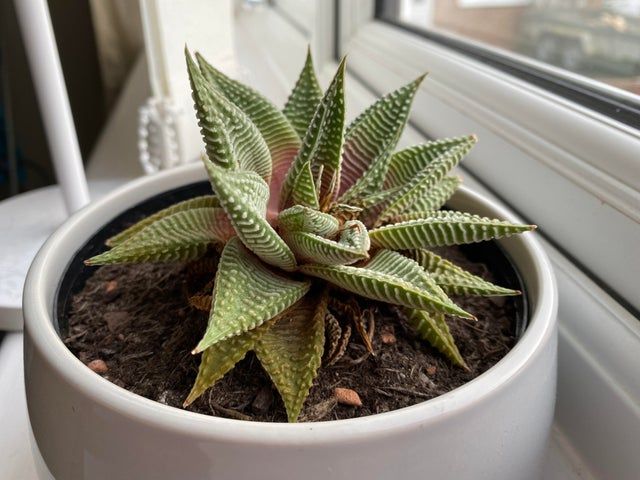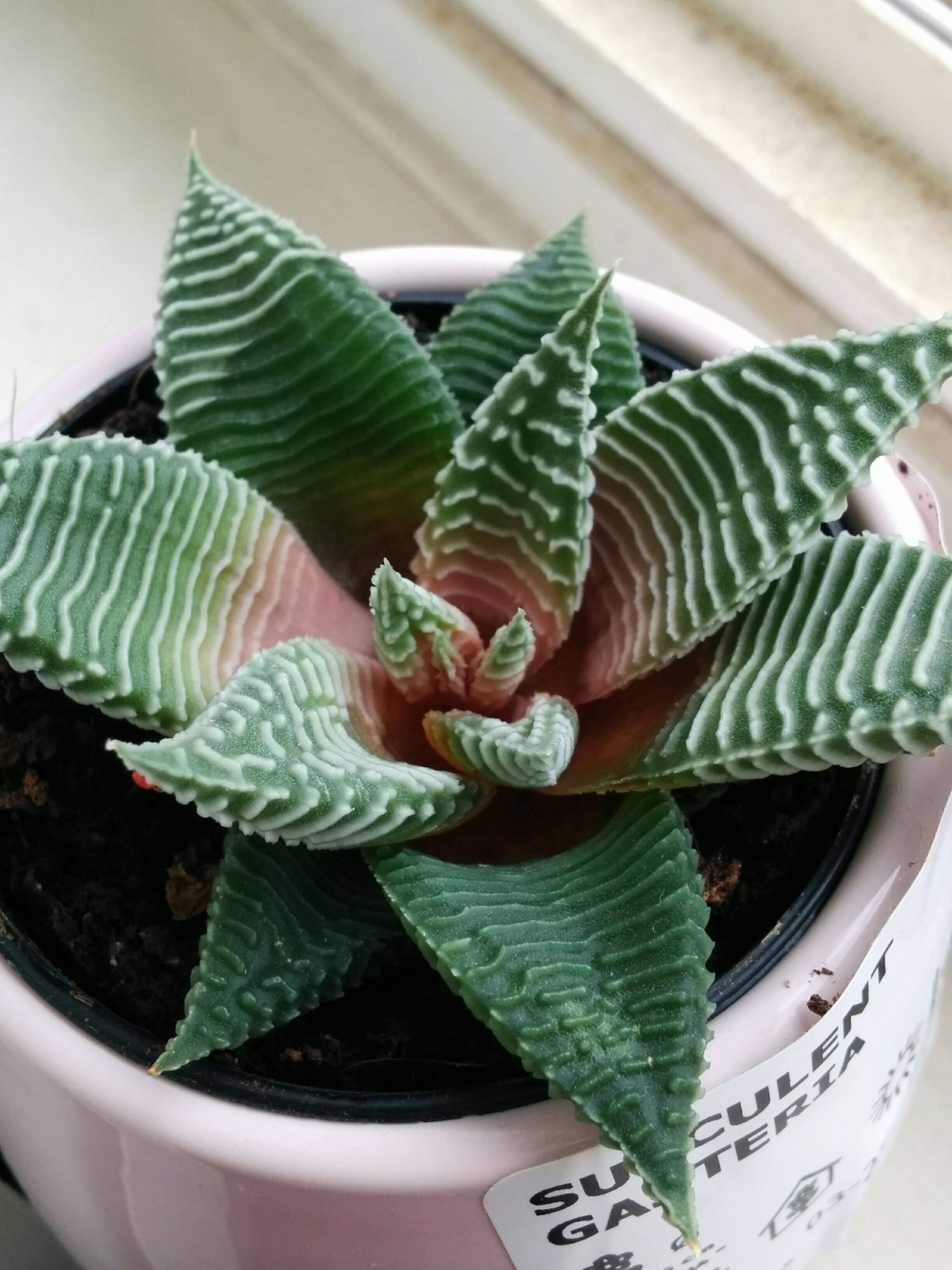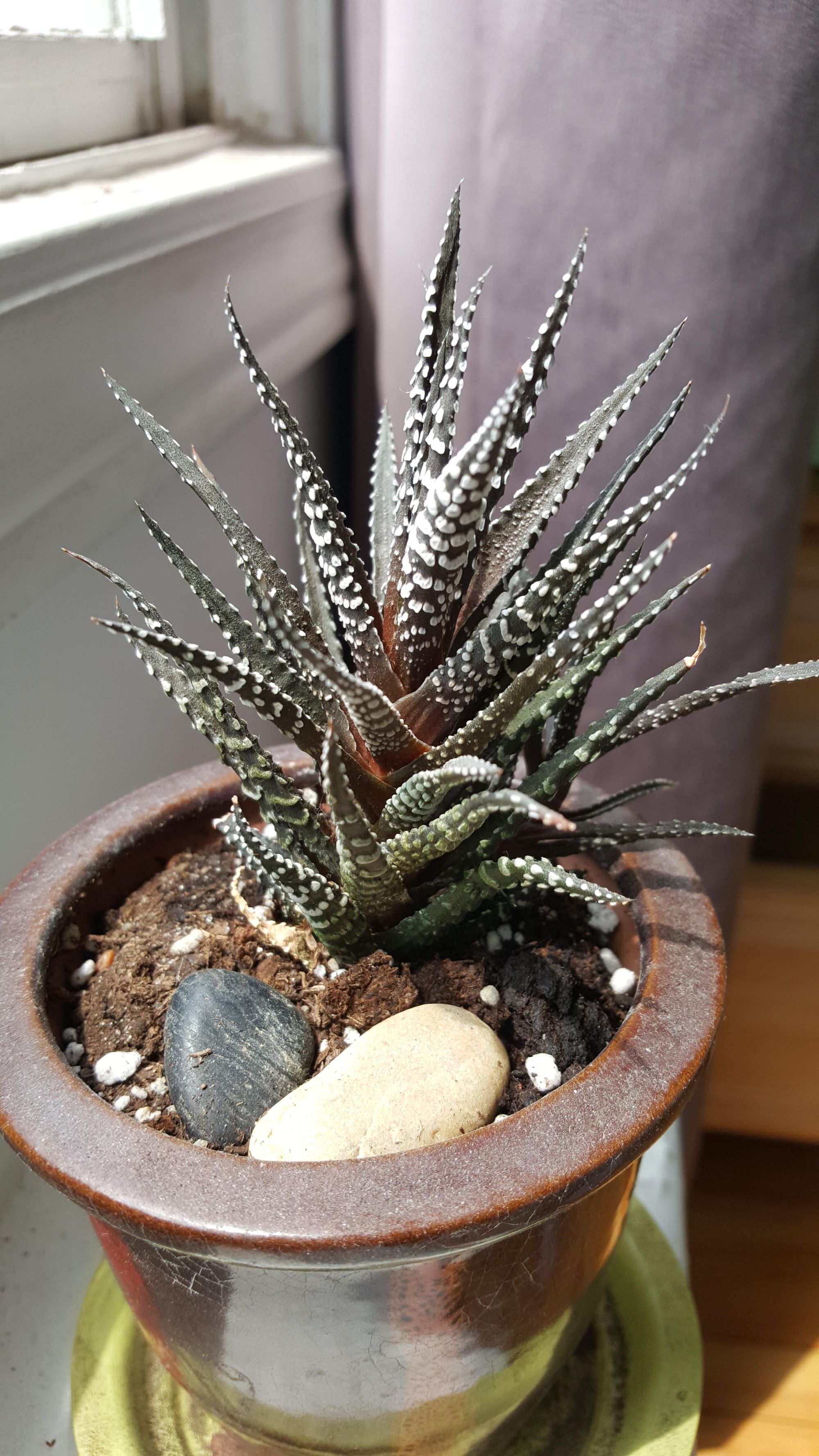9 Reasons Why Your Haworthia is turning Brown
If the leaves of your Haworthia plant are turning brown, it could be due to sunburn or a fungal disease. Watering the plant inappropriately could make the leaves turn brown as well. Other likely causes include fertilizer burn or a lack of nutrition.
Although Haworthia is a reliant plant that can thrive in a wide range of conditions, the plant can get sick too. If the plant is not being grown under the right conditions or if it is neglected, the leaves can become brown. In this case, you will need to identify the cause of the issue really fast and make the required changes to keep your plant from dying off completely.
Browning leaves in a plant is often an indication that it is going through some sort of stress. In this article, we will go over some of the specific factors that may cause the leaves of the Haworthia plant and how to prevent it from happening.
Mục Lục
Leaf Burn or Drying Out
 browning leaves in Haworthia
browning leaves in Haworthia
Sunburn(light stress) is the most common cause of reddish-browning leaves in Haworthia and several other house plants. If there has been a recent sudden weather change or you have recently relocated your Haworthia to a sunny area and you notice the leaves are developing brown patches, the plant may be drying out due to excessive heat from the sun.
The good news here is that sunburns don’t pose a serious threat to your plant. Of course, it’ll make your plant appear unsightly, but beyond that, it won’t cause serious damage as long as you remove it from there. The affected lea is likely to fall off and a new one will grow in its place.
Fungal Diseases
Fungal diseases such as powdery mildew, southern blight, and rust can cause the leaves of your Haworthias to turn brown. The Haworthia plant is quite prone to diseases like this mainly because the leaves tend to retain moisture for a long time, allowing the fungus to grow. Removing the affected leaves and isolating the plant is the first step in dealing with a fungal infection. You can also spray the plant with a fungicide, neem oil, sulfur, and other remedies.
 Haworthia browning leaves
Haworthia browning leaves
Improper Watering
Like most succulents, the Haworthia plant does not require a lot of water. Therefore, allowing the plant root to get soaked in water can cause serious damage. Generally, you should only water the plant when you notice that the topsoil is dry. In some cases, you may not need to water the plant for as much as 4 weeks depending on the weather condition.
Overwatering often results in brown and mushy leaves. The excess water absorbed by the cells causes them to become oversaturated and ruptured, leading to brown or black patches at the center of the Haworthia leaves.
Edema (Oedema) is another common consequence of overwatering your plant. This condition causes the leaves to develop brown blisters with a crystalline appearance on the surface of the leaves. Edema is not a fungal infection, so you don’t have to bother about it spreading to your other plants.
Although getting too much water is a problem for Haworthia, like all plants, it still needs its appropriate supply of water. Too little and you risk damaging your plant as well. Usually, browning around the margins or edges of the leaves indicates that the plant isn’t getting enough water.
Root Rot
Root rot is closely linked to overwatering. This is a type of fungal infection caused by excessive moisture on the roots of your plant. Overwatering the plant or using soil with inadequate drainage are two of the main causes of root rot. A lack of natural light may also contribute to root rot. You should avoid water logging the pot if you do not want to damage your plant. The leaves of an infected plant will turn dark or brown and eventually fall off. If this persists then you have to check the root for root rot.
 Reddish Brown Leaves on Haworthia
Reddish Brown Leaves on Haworthia
Nutritional Deficiency
Certain nutrients such as Iron and manganese are needed by the Haworthias plant to produce chlorophyll. If these nutrients are absent or insufficient, the plant will produce less chlorophyll and this may lead to browning of the leaves or physiological disorders such as chlorosis. This problem is typically fixed by applying fertilizer to the soil. Typically, two or three applications of NPK (Nitrogen, Potassium, and Phosphorus) should help your plant stay healthy. Note that the fertilizer should be applied during the active growing season of the plant in the Summer or Spring and not in the winter or fall.
Low Humidity
The humidity requirement for the Haworthia plant is between 50 to 60%. If it falls significantly below this level, your plants may begin to lose water through transpiration, leading to the browning of the leaves and eventual withering. If you’re serious about growing plants indoors, a hygrometer or humidity meter is recommended. This will help you monitor the humidity level in your home so that you can take steps to optimize it to suit your plants.
Insect Infestation
This is not a very common cause of browning leaves since the Haworthia plant doesn’t commonly suffer from pest problems. In rare cases, sap-sucking insects like mealybugs and spider mites can get on your plant and suck the sap. In most cases, you’ll only discover the insects after physically inspecting the plant. Once identified, you can remove them manually or use a neem oil spray to get rid of them.
 Haworthia Leaves Turning Brown
Haworthia Leaves Turning Brown
Fertilizer Burn
Although a lack of nutrients can cause the leaves of your Haworthia plant to dry out, be careful not to over-fertilize it as well. The salt used in most fertilizers can cause reverse osmosis which leads to dehydration and chemical burns in the plant root. The burned roots are unable to absorb water and the plant may eventually die.
Poor drainage
As earlier explained, waterlogged soil is not an ideal place to grow your Haworthia plant. Even if you’re not overwatering, poor drainage can contribute to excessive water retention which damages the plant. To grow Haworthias in a pot, you should choose one with drainage holes in it. This reduces the chances of ending up with a water-logged pot. However, in some cases, the problem is the soil in the pot and not the pot itself. If this is the case, consider adding porous materials such as coarse sand, pumice, scoria, gravel, and coir to refresh the soil and improve drainage.
Conclusion
As you can see, there are numerous factors that can cause browning in the Haworthia plant. If the leaves of your Haworthia plant are turning brown, it could be due to sunburn or a fungal disease. Watering the plant inappropriately could make the leaves turn brown as well. Other likely causes include fertilizer burn or a lack of nutrition.
Paying attention to these pointers will help you avoid them entirely. You’ll find this approach simpler and less expensive than trying to correct a browned leave problem after it has already occurred.















![Toni Kroos là ai? [ sự thật về tiểu sử đầy đủ Toni Kroos ]](https://evbn.org/wp-content/uploads/New-Project-6635-1671934592.jpg)


